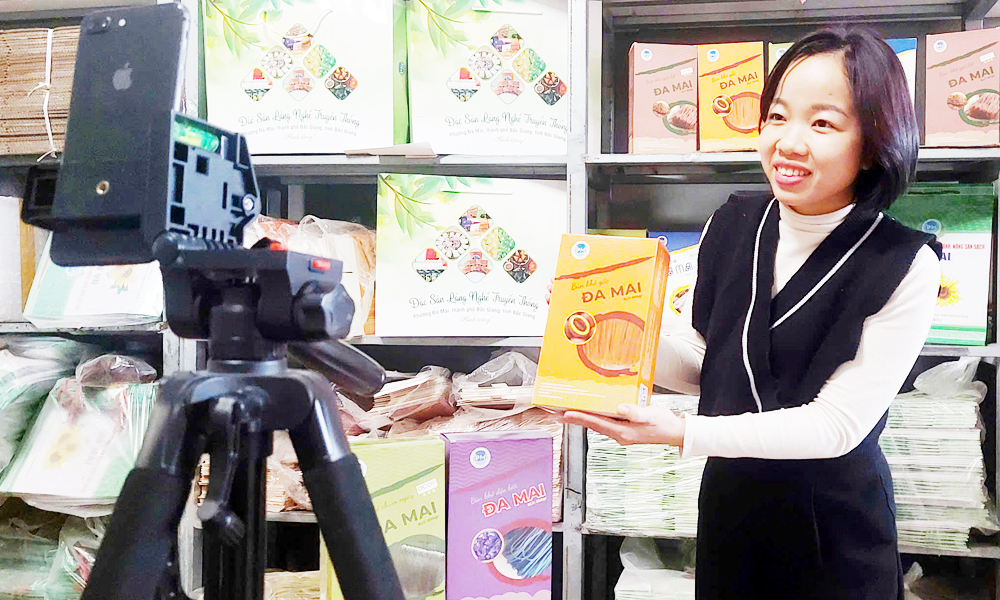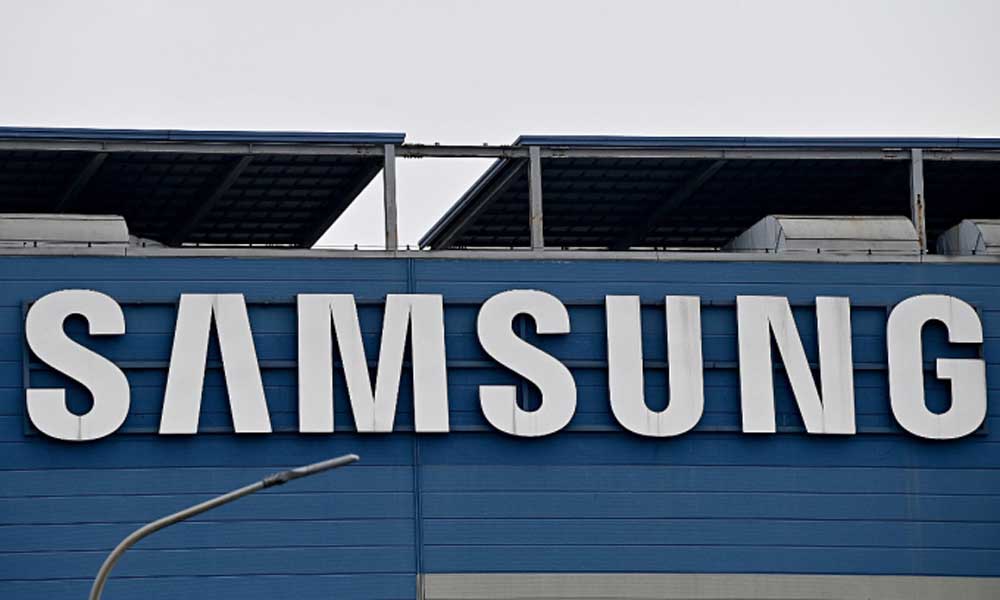Asian countries accelerate switch to cashless payments
Cash transactions are rapidly declining across Asia as QR codes and phone apps reshape the payment landscape.
Physical money is projected to account for just 14% of total transactions on the continent by 2027, down from 47% in 2019, according to U.S.-based payment processor Worldpay, Japan’s Nikkei Asia newspaper wrote.
 |
|
A person completing payment with a smartphone. |
The shift is driven by increasing smartphone adoption and government-backed digital payment initiatives aimed at reducing reliance on western credit card networks.
In India, cash transactions are expected to drop to 10% by value by 2027, down from 71% in 2019.
The country’s Unified Payments Interface (UPI), launched in 2016, enables real-time digital transactions and has fueled the growth of app-based delivery services. More than 131 billion transactions were made via UPI in fiscal 2023, according to PwC India.
In China, where over 1 billion people use Alipay and other mobile payment apps, cash transactions are expected to fall to just 3% by 2027.
Douglas Feagin, president of Ant International, which operates Alipay outside China, said the company is expanding its merchant network across Asia, with more than 10 million overseas shops already accepting the payment service.
The cashless trend is spreading across the region. The average share of cash transactions in 14 Asian markets is expected to decline by 33 percentage points from 2019 levels to 14% in 2027, just above Europe’s projected 12%.
French consultancy Capgemini forecasts 1.46 trillion cashless transactions annually in the Asia-Pacific region by 2028, over four times the volume in North America.
Southeast Asia has lagged in cashless adoption due to low credit card penetration, but smartphone-based payments are bridging the gap. By 2027, mobile payments are expected to account for 46% of storefront transactions worldwide, more than double the 22% share of credit cards.
National interests are also driving digital payment expansion. India and China are strengthening domestic networks to reduce dependence on global giants like Visa and MasterCard, which charge transaction fees and collect user data.
Southeast Asian nations are collaborating on QR code-based cross-border payments. Users of Thailand's PromptPay and Singapore's PayNow can transfer money between the two countries.
"Southeast Asian nations are working to establish an 'Asian settlement bloc' by creating a system independent of foreign payment networks," Akira Yamagami of the NTT Data Institute of Management Consulting in Tokyo said.
Governments are pushing to keep transaction fees low, but digital payment providers are hoping to stay profitable to ensure long-term innovation and affordability.
 Bắc giang
Bắc giang













Reader's comments (0)